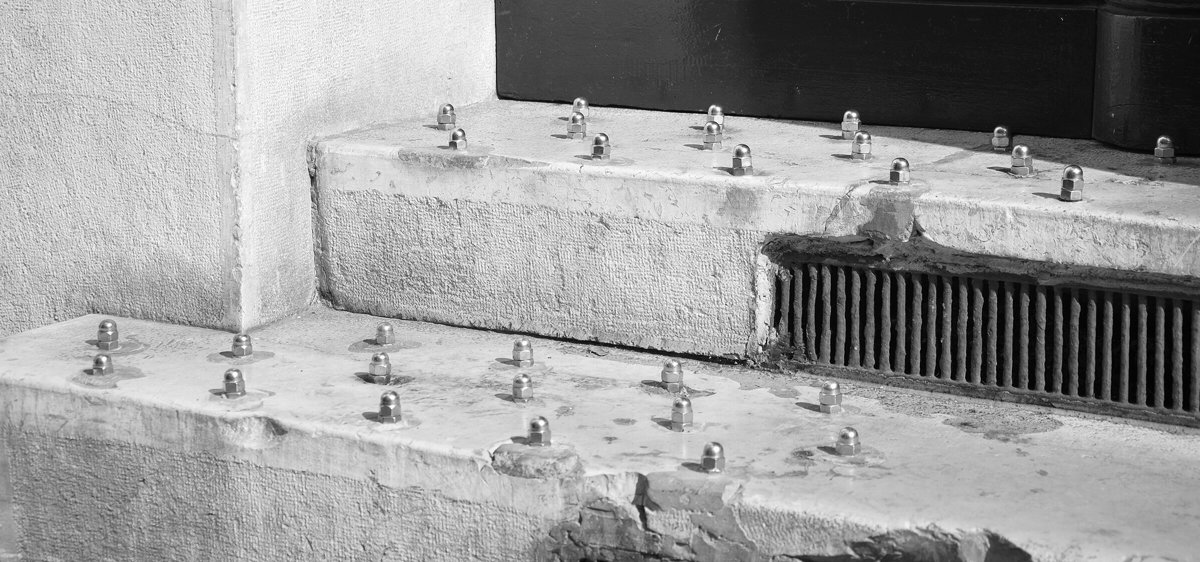
Monotonous Urban Landscaping
Likhith Mani Swamy Nalla ( Undergraduate - Aerospace Engr (Astronautics) ), Taneesha Kapadia ( Undergraduate - Mechanical Engineering ), Anushka Mitbander ( Undergraduate - Biomed Engr (Biomed Device) ), Dhruv, Bumb ( Undergraduate - Business Data Analytics )
Whats the problem?
As part of an urbanizing world, we are experiencing growth and development at an unprecedented rate within our cities. But, look around: see the tall, glass skyscraper at the heart of any metropolitan city and ask yourself, “Do these buildings have any life in them?” Well, the answer for our team was a definitive "No." This phenomenon, also known as Monotonous Urban Landscaping, describes how repetitive architecture, boring colors, and lack of culture can drain our built environments of liveliness and character. As we move towards increasing urbanization, it is vital that our built environments showcase our rich history and stimulate the mind. That’s why we’re making it possible for urban residents to get involved in shaping their own communities.

But first...
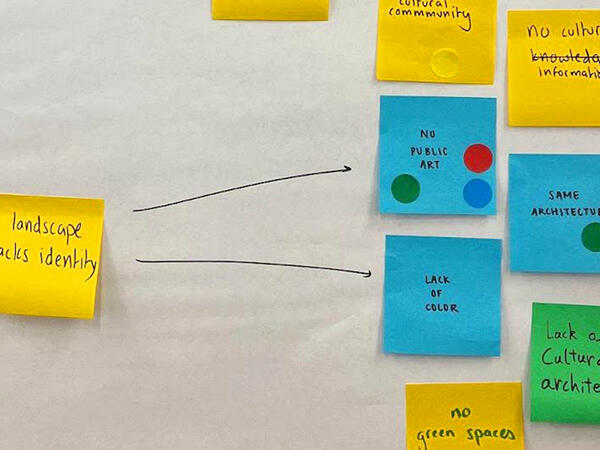
Our team was drawn to a variety of problems. Some of the issues we discussed were very interesting, ranging from consolidating agricultural schemes to the value of happiness. When each of us voted on which challenge to go ahead with, we found that monotonous landscaping had accumulated most of our votes. We believe that in the age of development that we as a society are in right now, advancement is taking place at an unprecedented rate -- yet our happiness is being devalued with every passing day. We consulted the World Happiness Ranking and were more driven than ever to solve this issue.
To understand the various stakeholders involved and their perspectives, we created an empathy map.
Our empathy map gave us insight into what the target audience for our problem would be experiencing. This was essential to understanding the impact of monotonous urban landscaping. In this image, we highlight the feelings and emotions of the audience, while also establishing facts that are relevant to the problem and its scope.
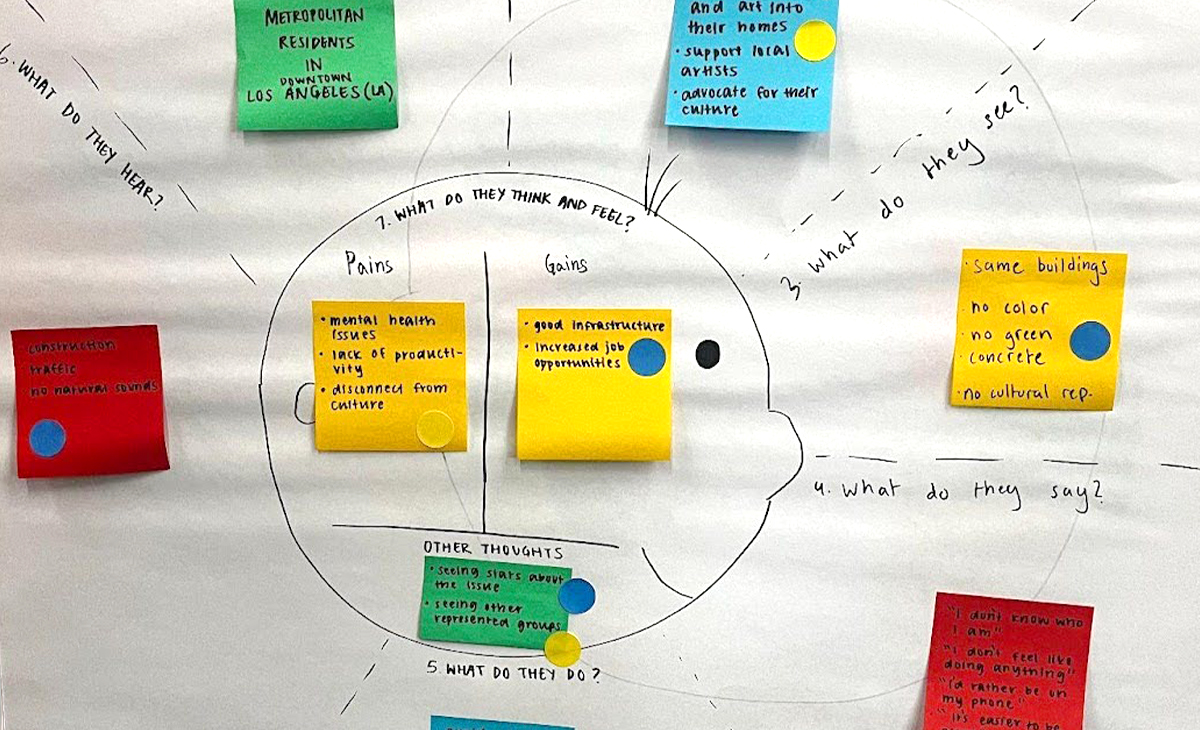
Defining the problem
for a better solution
So how could a monotonous urban landscape be instilled with variety, identity, and cultural expression? Our team came up with various ways to tackle this issue, ranging from meaningfully integrating nature to incorporating more art and color. All of these were ultimately different ways for residents to have a say in what their communities look like.
Storyboarding
Storyboarding was helpful in the sense that it allowed us to visualize the entire process of what our problem was, how it could be solved, and finally, how the community could be involved in the process. It gave us clarity on what the solution needed to be, helping us understand and consider the scope of the problem and our audience. Our storyboard depicts the life of an urban resident, walking through the city and feeling empty and bored. He then stumbles upon an app (our solution) that allows him to add some culture and some color to the city and his environment. The app would allow him to provide input for the city's designed appearance, that can later be brought to reality by private and public entities.
The prototype
Our prototype is a Lego building that, in this case, signifies the kind of unique designs urban residents might build -- and bring to reality -- using our app. This goes to show the impact that we can deliver, enhancing community interactions and rebuilding cultural expression.
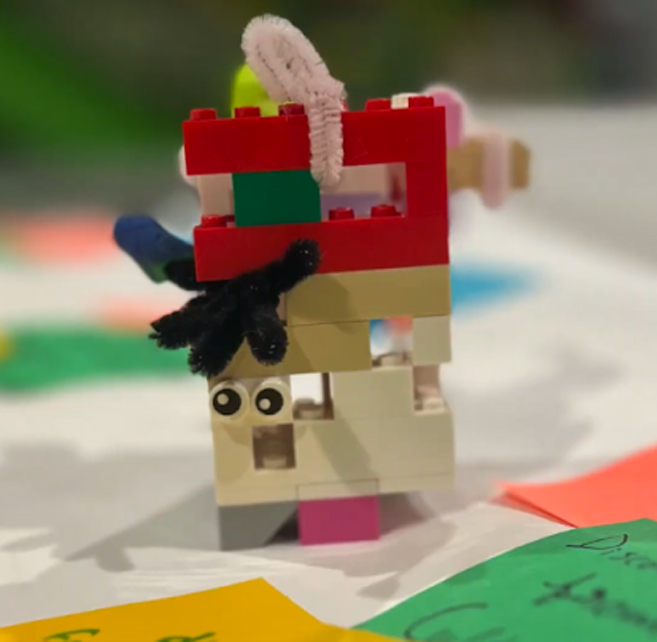
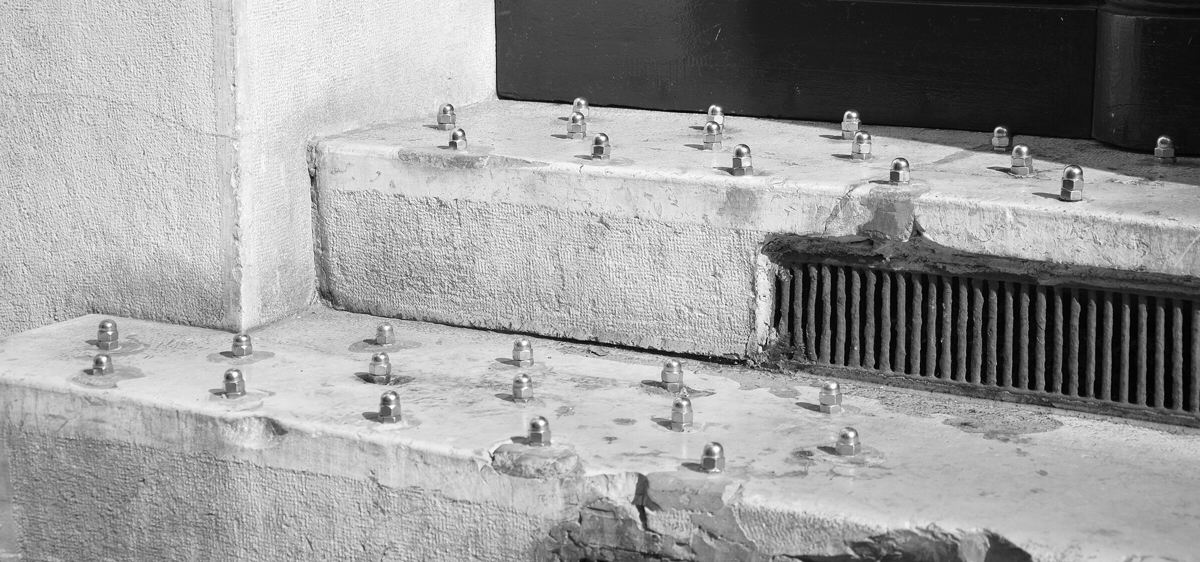
As part of an urbanizing world, we are experiencing growth and development at an unprecedented rate within our cities. But, look around: see the tall, glass skyscraper at the heart of any metropolitan city and ask yourself, “Do these buildings have any life in them?” Well, the answer for our team was a definitive "No." This phenomenon, also known as Monotonous Urban Landscaping, describes how repetitive architecture, boring colors, and lack of culture can drain our built environments of liveliness and character. As we move towards increasing urbanization, it is vital that our built environments showcase our rich history and stimulate the mind. That’s why we’re making it possible for urban residents to get involved in shaping their own communities.